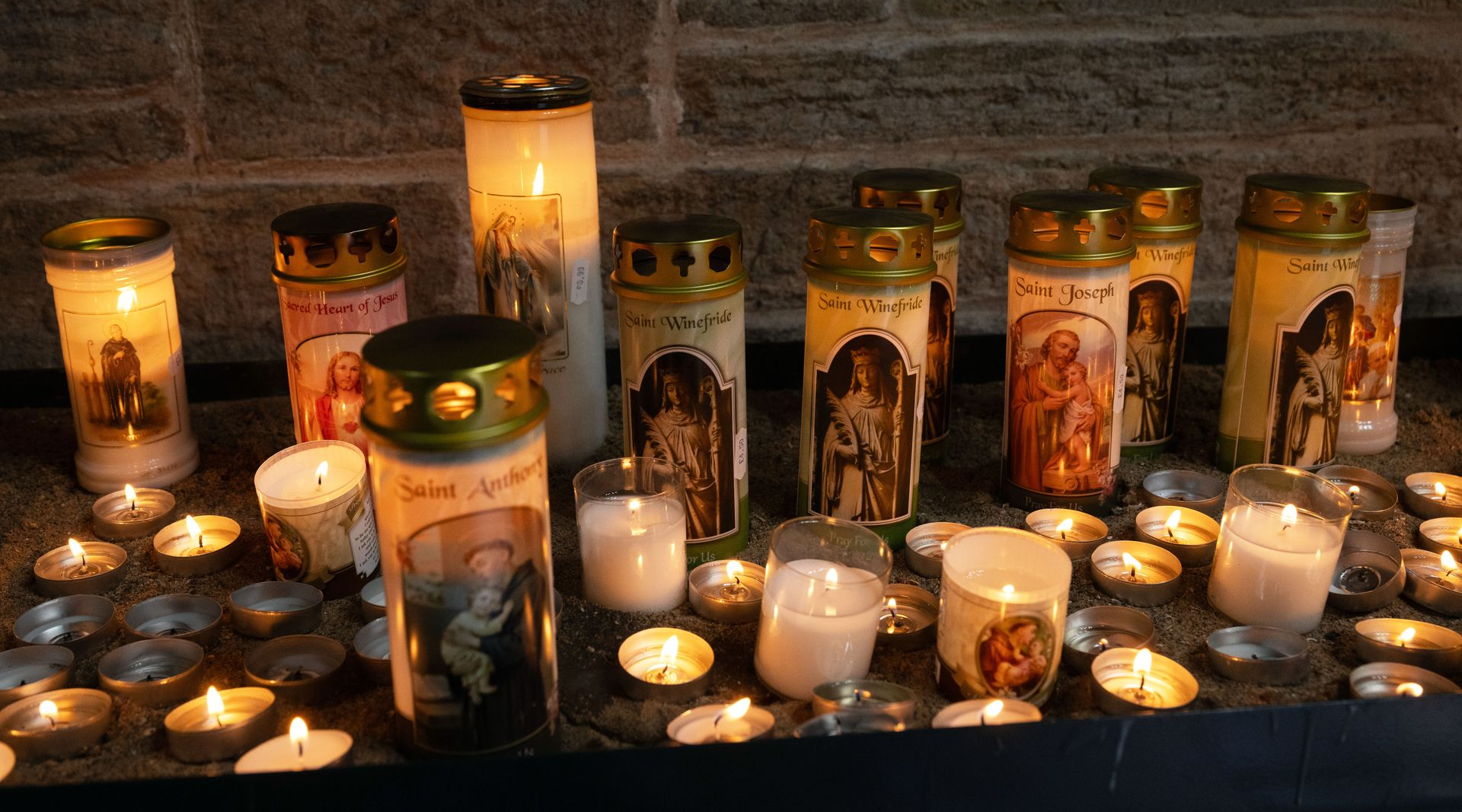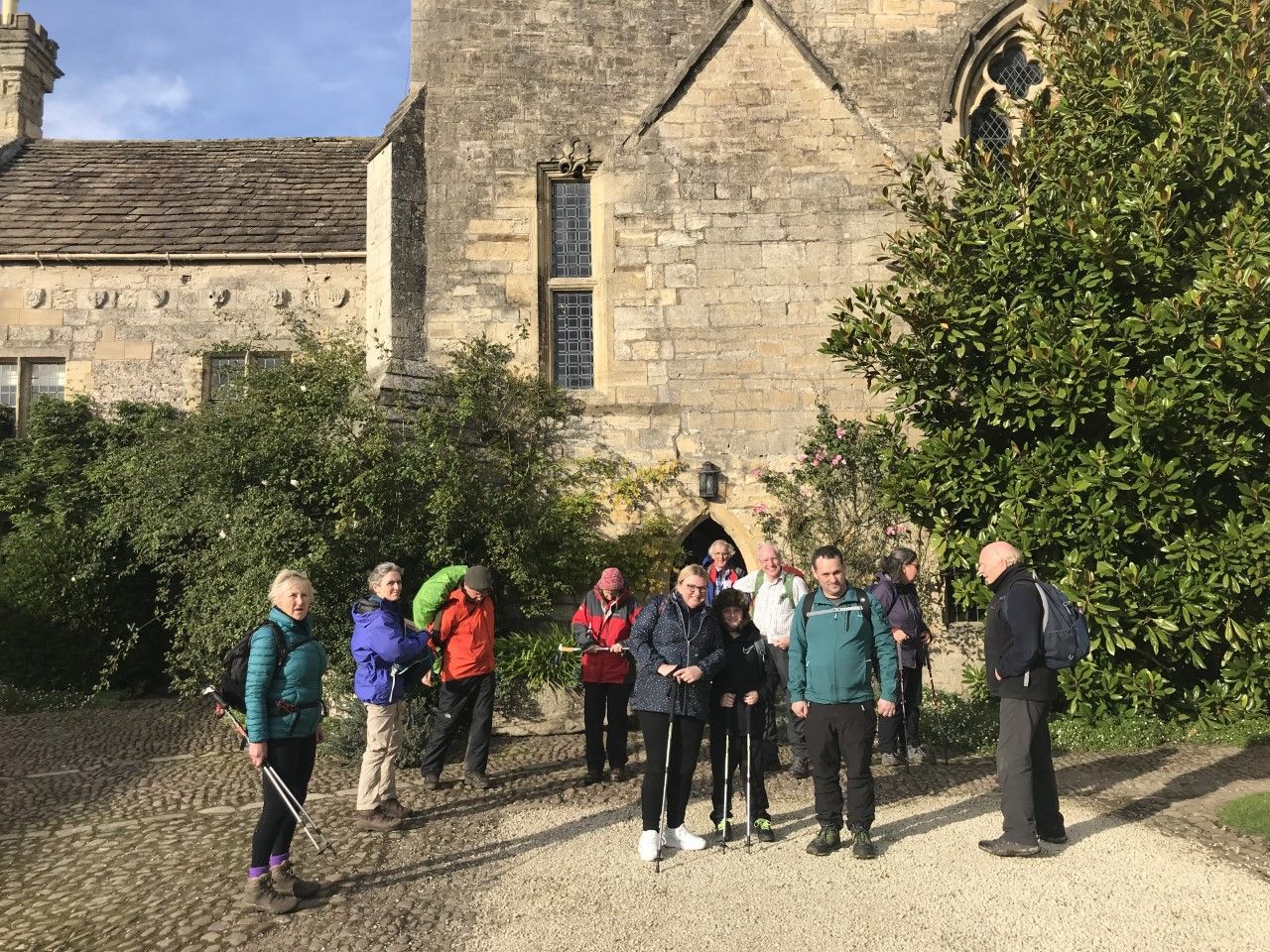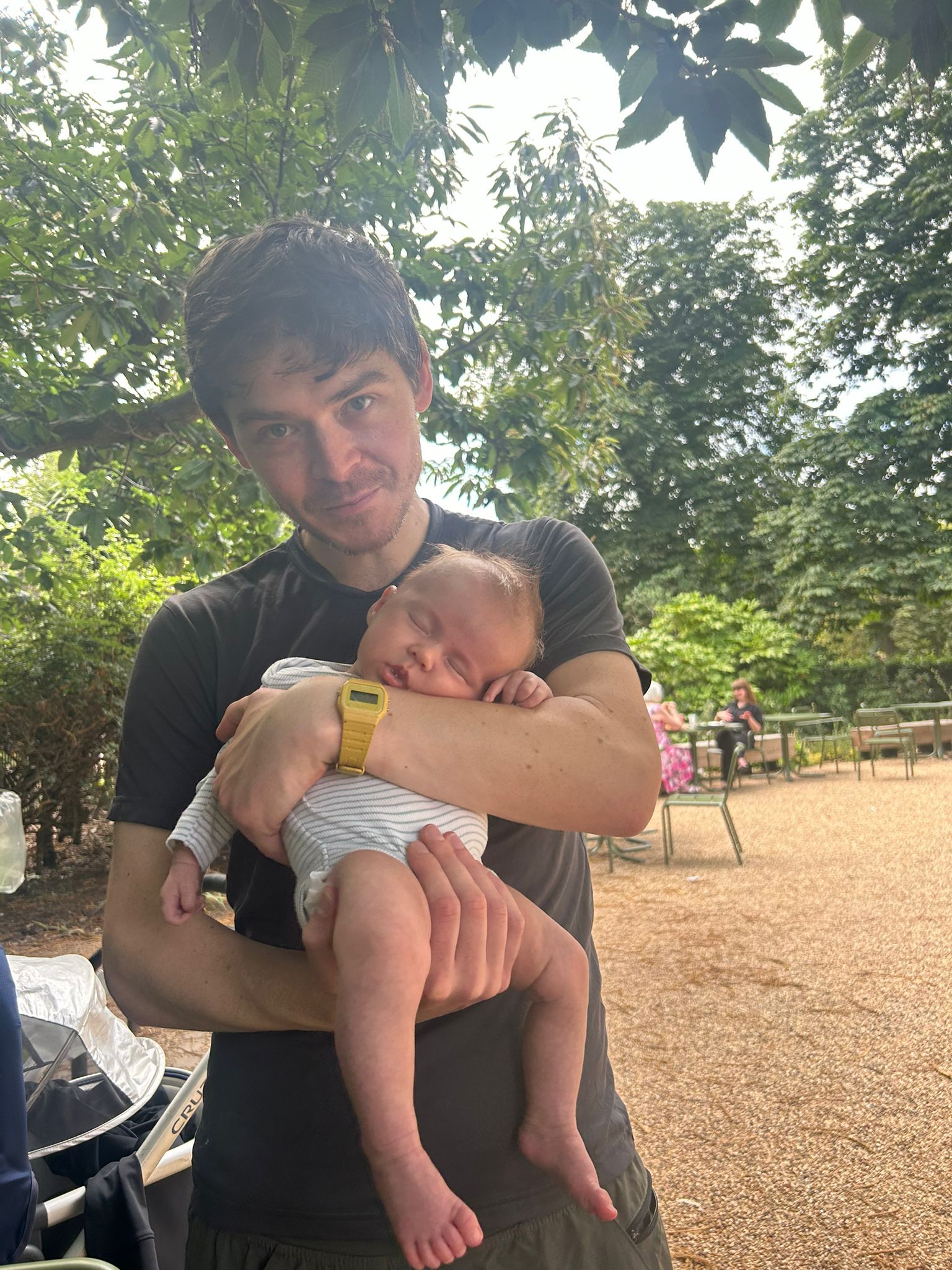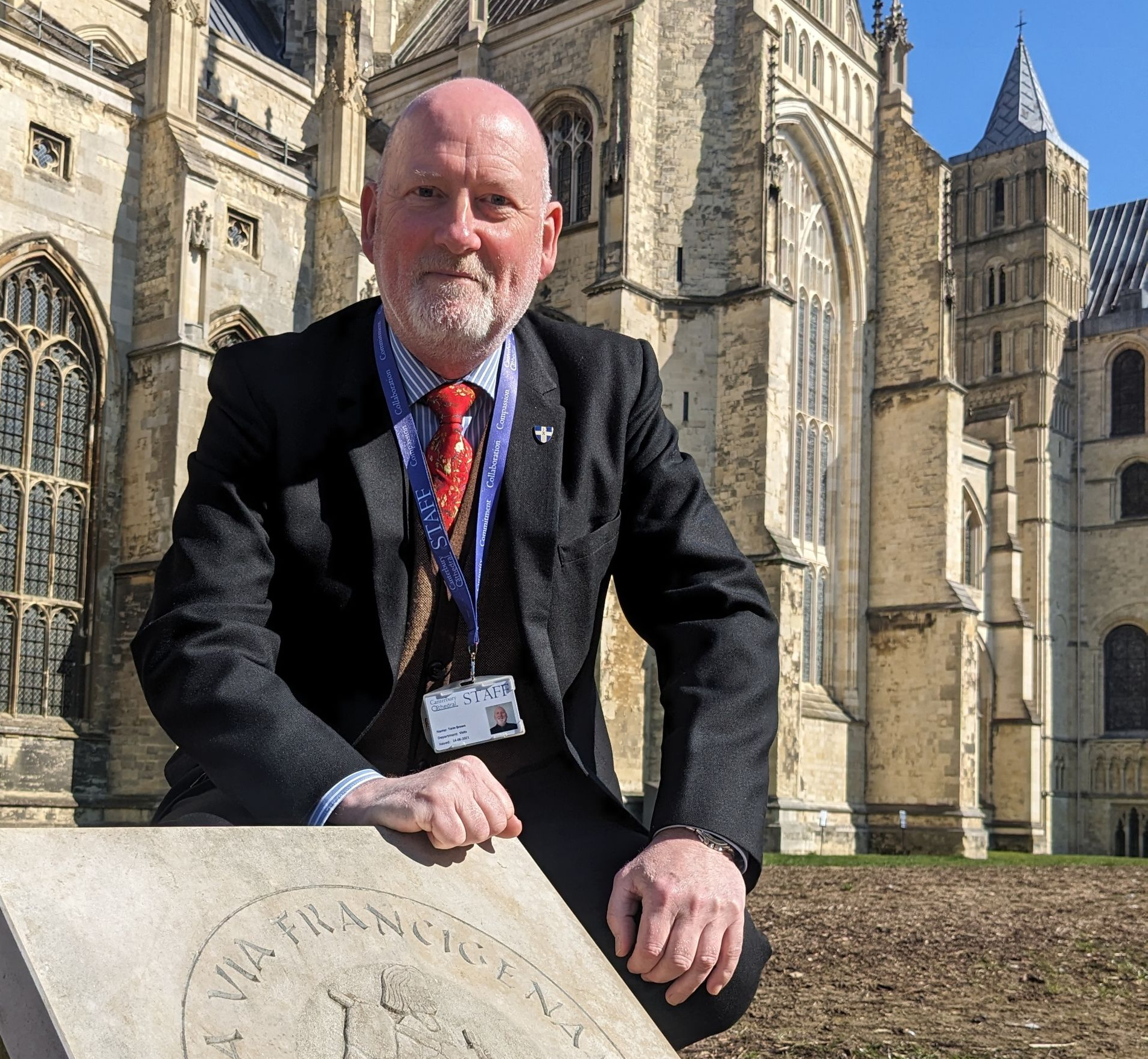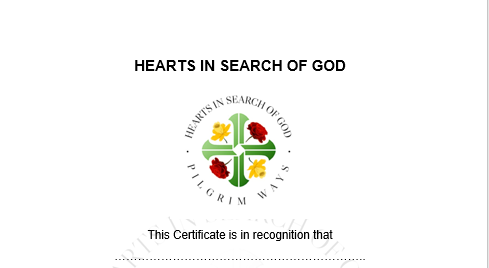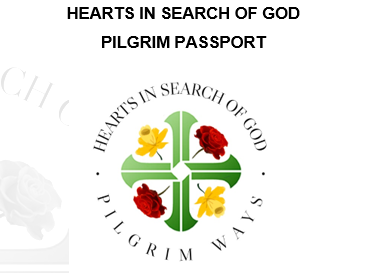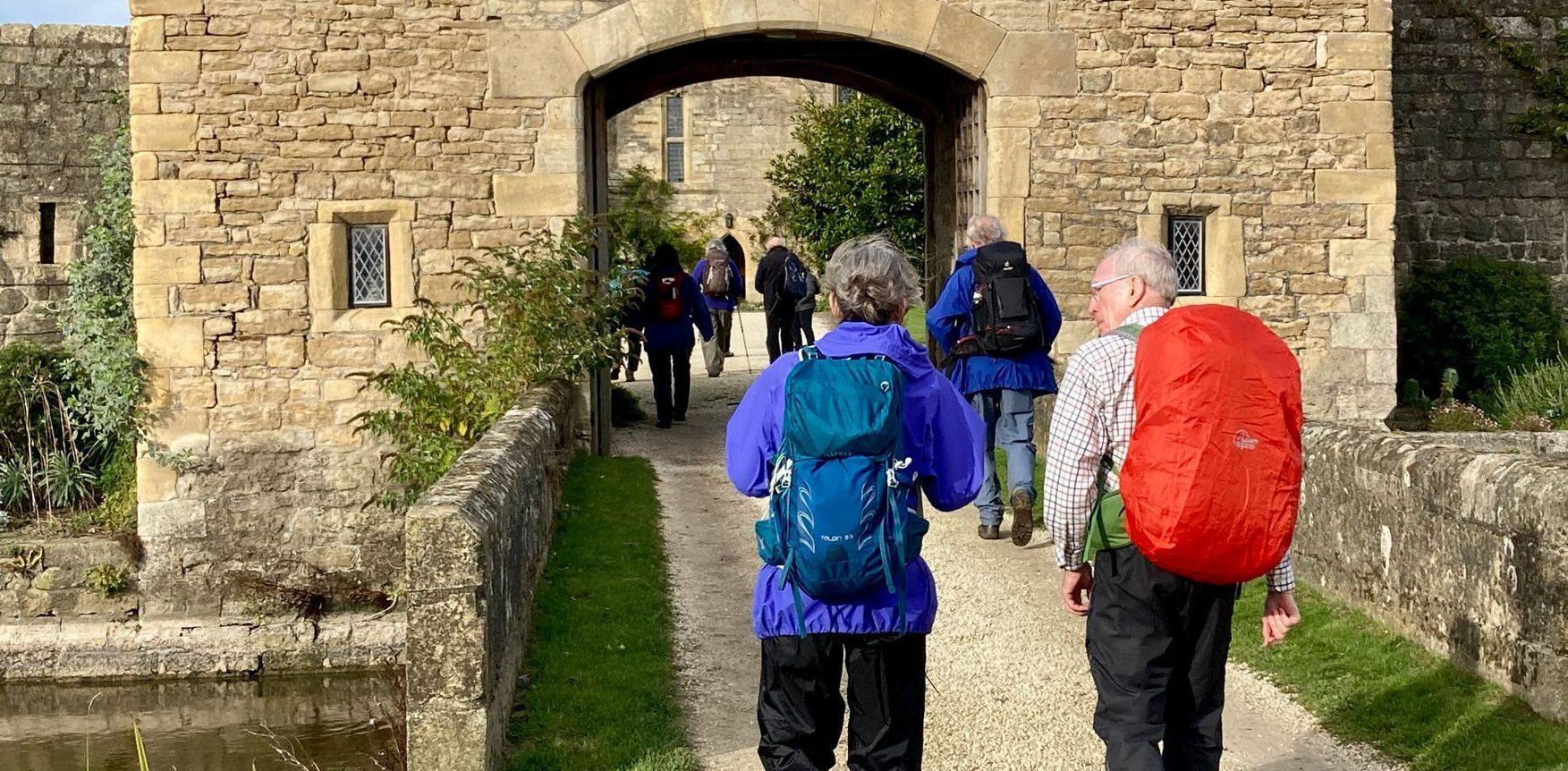A Pilgrimage Walk along the St Cuthbert’s Way
Andrew Sowerby, National President of the Catenians of Great Britain, describes a fruitful pilgrim walk to Lindisfarne in September 2024.
It seems a lifetime ago when I first mooted the possibility of arranging a pilgrimage walk along the 62.5-mile St Cuthbert’s Way between Melrose and Lindisfarne situated off the Northumberland coast. As the newly elected National President of the Great Britain National Council of the Catenians, I’d often been asked by many in the Association where I was planning to visit during my year in office and if I was going to arrange a pilgrimage to one of the more traditional pilgrimage sites such as Rome, Lourdes, or Fatima.
However deep down I wanted to arrange something slightly different and combine my love for walking with something more spiritual not unlike the Camino to Santiago De Compostela in Northern Spain. I wanted to organise a pilgrimage which all in the Association could, if they wished, join in without enduring great expense as well celebrating the wonderful recently opened up pilgrimage trails in the United Kingdom. Hence, I very quickly settled on the St Cuthbert’s Way in what is still currently an under explored area of the country with its unspoilt routes across the Cheviots and providing those participating with a chance to reflect upon the lives of the many early saints of the Catholic church who have a connection to the area.
As John Tweddle the Director of Province 3 and I began the planning process I never truly realised how encompassing the whole experience would become as our lives seemed to revolve around making preparations including arranging accommodation for our fellow pilgrims, collating people’s personal information, researching the lives of the northern saints connected with the early church, writing and producing the walking and safety instructions for all participating, creating prayer booklets, upgrading my first aid skills and organising the final Mass to name just some. This I’ve had to deal with along with the carrying out my other duties as National President as well as trying to get some walking practice in so that I too could manage the physical challenges of completing the pilgrimage!
I know that with 24 hours to go before I left home for our base in Wooler, I was feeling somewhat frayed and frazzled as I desperately hoped that nothing had been forgotten, and that please God all would go well especially regarding the logistics of transporting a group of twenty plus fellow pilgrims to the start of each days walk and then ensuring they were safely transported back to their accommodation each evening. These concerns were also added to the fact we both desperately hoped that all those walking would co-operate and fully engage in the purpose of the pilgrimage and that finally that the notoriously unpredictable British weather would be kind to us all.
However, we needn’t have worried as the fellowship, camaraderie and friendship that developed amongst the whole group was everything John and I wished for whilst even the weather though not perfect generally behaved itself especially when we were walking along the route. As we arrived in Wooler on the afternoon of 4th September and gathered together for our evening meal John and I were delighted at the way that all people gelled together so that by the end of the evening and certainly after the celebration of Morning Prayer and Holy Mass at St Ninians Church the next morning there was a real feeling that we were beginning on a journey which would help us to reflect upon our shared faith and a love of walking in the great outdoors.
As someone who has walked many of the major National Trails across the length and breadth of the United Kingdom such as the Pennine Way, Wainwrights Coast to Coast route and the West Highland Way I have yet to come across the start of a route which is begins with such a brutal climb as that the 139 steps out of Melrose to the summit of the Eildon Hills better known as “The Three Witches.” This was certainly a challenge to even the fittest and most well-prepared walkers let along those who don’t walk often or far. However, it was wonderful to see how the stronger walkers stayed behind to support and encourage those who were struggling so that eventually all eventually reached the summit. This set the pattern for the whole pilgrimage walk as everyone supported each other when they were finding the going hard especially on the uphill and muddy downhill sections where often one slithered and slid down slopes.
Each day of the walk began with morning prayer which included a short reading about the lives of the different saints of the early Northern church especially those connected with the spread of Christianity in this part of the United Kingdom. Hence each day we reflected upon the struggles of St Cuthbert himself as well as St Wilfrid, St Oswald, St Hilda and St Aidan as well as some of the less well-known saints of the time. As we prayed together, we recited our pilgrimage prayer ending with the most appropriate words of Bishop John Arnold “Stay with us Lord on our journey.” Then we relied upon the support teams of drivers who assisted us in ensuring that all walkers were transported to the start of the days walk. This logistical support was invaluable as it also ensured that at the end of each day well all pilgrims were also safely transported back to their accommodation.
For those who are unaware of the route following the descent from The Three Witches one travels through the picturesque village of Bowden with its iconic pant well an early source of water for the village and on through the rolling Scottish countryside alongside the beautiful River Tweed. This included passing the lovely 9-hole golf course at St Boswell which would be ideal course for Catenian golfers to play on as it is virtually flat. However, I’m quite certain that many would find it expensive replacing all the balls they might lose either in the courses’ water hazards as well as the River Tweed itself. As one travelled along either in companionable silence or during the recital of the daily rosary one could not help but be impressed by the beauty of the scenery that surrounded us as well as the variety of the flora and fauna we saw and which included herons, deer, cattle, peewits and even the odd snake.
As the week progressed the scenery changed once we’d passed Morebattle and started to ascend Wide Open Hill at the foothills of the Cheviots close to the little village of Kirk Yetholm the site of the end of the Pennine Way. Here we were once again faced with the challenge of a steep ascent up the now bleak moorland into the mist and low cloud that shrouded the summit of the hill. Once again it was lovely to see the support provided to all walkers by the group as in due course all reached the summit and noted that the halfway point had been reached.
Each day so far, the unpredictable British weather had been relatively kind with either cool cloudy mornings or days of gentle autumn sunshine excellent for walking. However, Monday morning, the day when we were to walk the 13.5 miles from Kirk Yetholm to Wooler, began with a real change. As I woke at 6.30 a.m. it was to hear the rain pelting against the windowpane whilst the wind was rattling the branches of the trees so that leaves, paper, and other litter were being swept along the street. However, by the time that we gathered for morning prayer the rain had dried up, and we recited our prayers under blue skies even though the wind remained exceedingly gusty. This change in the weather did not deter any of my fellow pilgrims as all strode off purposely to face the various physical challenges of the ascent up the Cheviots to the tiny hamlet of Hethpool where our noble photographer Graham at last was able to use his drone to obtain some of the stunning aerial shots of the walkers. By the time we’d lunched and then continued the wind had subsided and we strolled into Wooler having passed an adder, England’s only poisonous snake, who was out sunbathing in the later afternoon autumnal sun. Very sensibly, no one provoked him, and all gave him an exceedingly wide berth!!
Having crossed the Cheviots, we continued with the walk up to St Cuthbert’s Cave the place where the monks who’d rescued St Cuthbert’s remains from the Viking invaders and transported it to its final resting place in Durham Cathedral paused to rest on their journey. Consequently, we too paused and recited the rosary in one of the most iconic venues on the whole pilgrimage. Gathered together to pray where the monks who’d followed in St Cuthbert’s footsteps had stopped to rest on their journey to Durham was to us all a fitting place to pause on our journey to Lindisfarne.
The following day we began after morning prayer and the logistical effort of transporting twenty plus pilgrims to the edge of the causeway we began the walk across the sands by the traditional pilgrims route. Without asking I was so impressed that all who participated were determined to walk to Lindisfarne the traditional way barefoot across the sands following truly in the footsteps of St Cuthbert himself. Eventually as we reached the island itself, we gathered in the tiny chapel of St Aidan for the joyful celebration of Holy Mass by Bishop John and Fr Shawn O’Neill the parish priest of the area. In his homily Bishop John reminded us of the fact that a pilgrimage is a journey and that the walking of the St Cuthbert’s Way is a true pilgrimage as it give us all the opportunity to reflect upon our lives as ‘Ambassadors for Christ’ and ‘Missionary Disciples.’
It is always difficult to assess the success of any event and to evaluate its effect upon people but in the case of a pilgrimage it is even more difficult because it is such a personal thing. However, as the fearless pilgrims began their journey home and back to day-to-day life most passed on their thoughts to us. Consequently, comments such as “This pilgrimage has enhanced our understanding of how having a connection in faith helps deepen our connections to new friendships” whilst another said, “Great memories of love, friendship, support achievement, fun and laughter” whilst the final comment comes from a fellow pilgrim who like me has completed the Camino De Santiago simply said “Buen Camino!!”
So, my concerns at the outset were totally unfounded as the pilgrimage walk along the St Cuthbert’s Way was simply an outstanding week which enhanced my faith, strengthened my commitment to the values of the Association as well developing new friendships and providing great fun for all those who participated. An absolutely wonderful experience.
Andrew Sowerby.
The Catenians are a network of Catholic men who meet regularly to enjoy each other’s company
and to help and support each other throughout the world.
Founded in Manchester, Catenians can now be found in many countries and today are active throughout the U.K., Ireland, Australia, Malta, India, Bangladesh Zimbabwe, South Africa and Nazareth.
